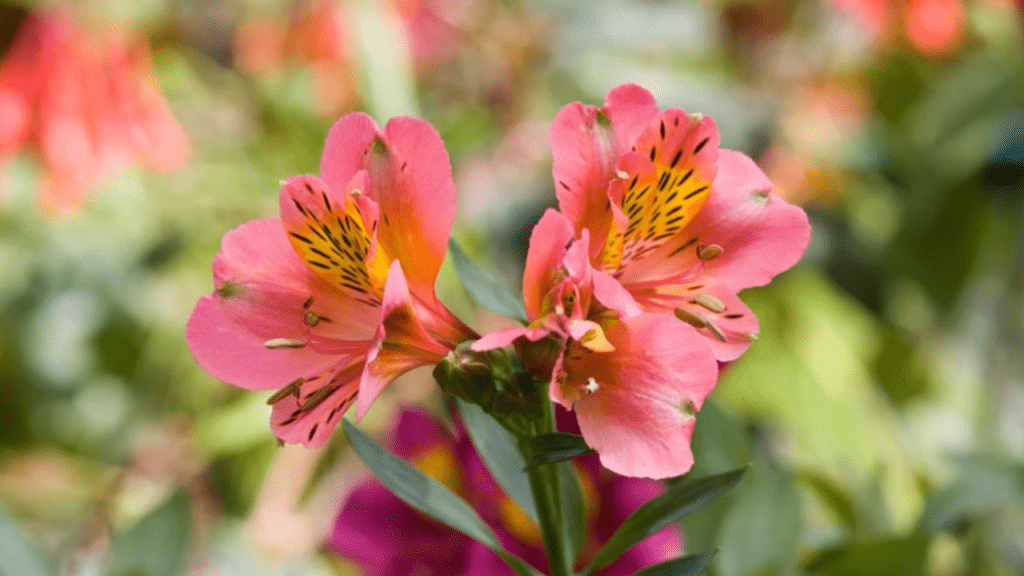
Growing Alstroemerias: Your Complete Care and Planting Guide
Hello there! Today, we’re going to dive into the world of growing Alstroemerias with a complete care and planting guide. Whether you’re a beginner or an experienced gardener, this guide will provide you with all the information you need to successfully grow and care for these beautiful flowers. From planting tips to watering and fertilizing guidelines, as well as how to protect your plants from pests and diseases, we’ve got you covered. So, let’s get started and help you cultivate a beautiful garden full of vibrant Alstroemerias!
Table of Contents
ToggleUnderstanding Alstroemerias
Botanical background and history of alstroemerias
Alstroemerias, also known as Peruvian lilies or lily of the Incas, are native to South America. They were named after the Swedish botanist Clas Alströmer and have a rich history dating back to the 18th century. These beautiful flowers come in a wide range of colors, including vibrant shades of pink, orange, purple, and white.
Alstroemerias are known for their long-lasting blooms and are a popular choice for floral arrangements. They are also a symbol of friendship and devotion, making them a popular choice for bouquets and gifts.
In terms of their botanical background, alstroemerias are perennial flowers that thrive in well-draining soil and plenty of sunlight. They are relatively low-maintenance and can be grown in gardens or containers. With the right care and attention, alstroemerias can bloom from late spring to early fall, adding a burst of color to any garden.
Overall, alstroemerias are a beautiful and versatile flower that can be enjoyed by both experienced and novice gardeners. With a rich history and stunning blooms, they are a delightful addition to any garden.
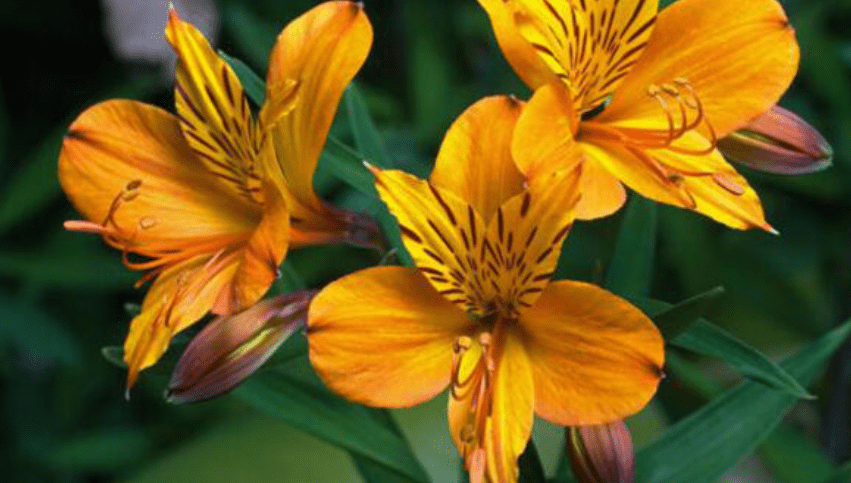
Common varieties and their unique characteristics
Alstroemerias, also known as Peruvian lilies, come in a wide range of colors including white, pink, orange, purple, and red. Each color variation has its own unique beauty and charm, making them a popular choice for floral arrangements. In addition to their stunning blooms, alstroemerias are also known for their long-lasting nature, making them a great choice for bouquets and gifts. They are also a symbol of friendship and devotion, adding an extra layer of meaning to any floral arrangement.
In terms of their botanical background, alstroemerias are perennial flowers that thrive in well-draining soil and plenty of sunlight. They are relatively low-maintenance and can be grown in gardens or containers, making them a versatile choice for gardeners of all skill levels. With the right care and attention, alstroemerias can bloom from late spring to early fall, adding a burst of color to any garden.
Overall, alstroemerias are a beautiful and versatile flower that can be enjoyed by both experienced and novice gardeners. With a rich history and stunning blooms, they are a delightful addition to any garden. Whether used in floral arrangements or as a garden centerpiece, alstroemerias are sure to brighten any space with their vibrant colors and long-lasting blooms.
Benefits of growing alstroemerias in your garden
Alstroemerias are a great addition to any garden for a variety of reasons. They are not only beautiful, but they also have a rich symbolic meaning of friendship and devotion, making them a meaningful addition to any floral arrangement. In terms of care, they are relatively low-maintenance and can thrive in well-draining soil and plenty of sunlight, making them a versatile choice for gardeners of all skill levels. With the right care and attention, alstroemerias can bloom from late spring to early fall, adding a burst of color to any garden. Whether used in floral arrangements or as a garden centerpiece, alstroemerias are sure to brighten any space with their vibrant colors and long-lasting blooms. Overall, they are a delightful and versatile flower that can be enjoyed by both experienced and novice gardeners.
Selecting and Planting Alstroemerias
Choosing the right alstroemeria varieties for your climate
Is essential for successful growth and blooming. Alstroemerias thrive in full sun and well-draining soil, so it’s important to choose varieties that are suited to your local climate. If you live in a cold climate, look for alstroemeria varieties that are hardy and can withstand lower temperatures. On the other hand, if you live in a warmer climate, you can choose from a wider variety of alstroemeria options. It’s also important to consider the height and spread of the plants when selecting varieties, as this will impact how they fit into your garden space. Once you have chosen the right alstroemeria varieties for your climate, it’s important to plant them in a location that receives plenty of sunlight and has well-draining soil. Proper planting and care will help ensure that your alstroemerias thrive and provide beautiful blooms for you to enjoy.
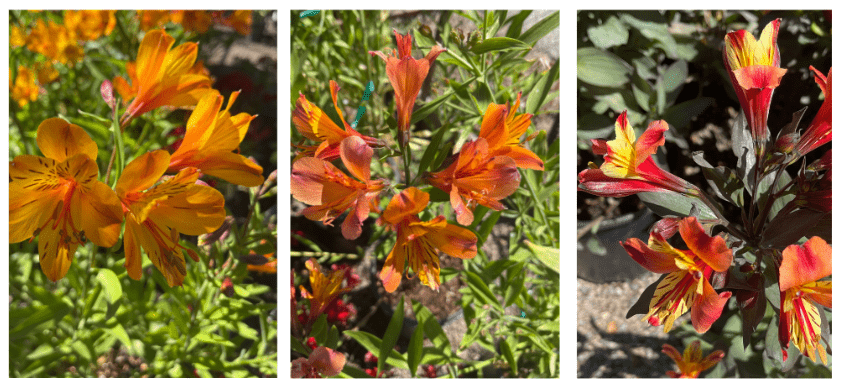
Preparing the soil and site selection for planting
Is crucial for the successful growth of alstroemerias. These beautiful flowers thrive in full sun and well-draining soil, so it’s important to select a location that meets these requirements. When preparing the soil, make sure to remove any weeds, rocks, or debris and work in organic matter such as compost to improve the soil structure and fertility. Alstroemerias prefer slightly acidic soil with a pH level of around 6.5, so you may need to adjust the soil pH if necessary.
When selecting alstroemeria varieties, it’s important to consider your local climate. If you live in a cold climate, look for alstroemeria varieties that are hardy and can withstand lower temperatures. On the other hand, if you live in a warmer climate, you can choose from a wider variety of alstroemeria options. It’s also important to consider the height and spread of the plants when selecting varieties, as this will impact how they fit into your garden space.
Once you have chosen the right alstroemeria varieties for your climate, it’s time to plant them. Select a location that receives plenty of sunlight and has well-draining soil. Alstroemerias do not like wet feet, so it’s important to avoid waterlogged areas. Plant the rhizomes about 6-8 inches deep and space them about 12-18 inches apart. After planting, water the alstroemerias thoroughly and continue to water them regularly, especially during dry periods.
Proper planting and care will help ensure that your alstroemerias thrive and provide beautiful blooms for you to enjoy. With the right soil preparation and site selection, you can create a stunning display of alstroemerias in your garden.
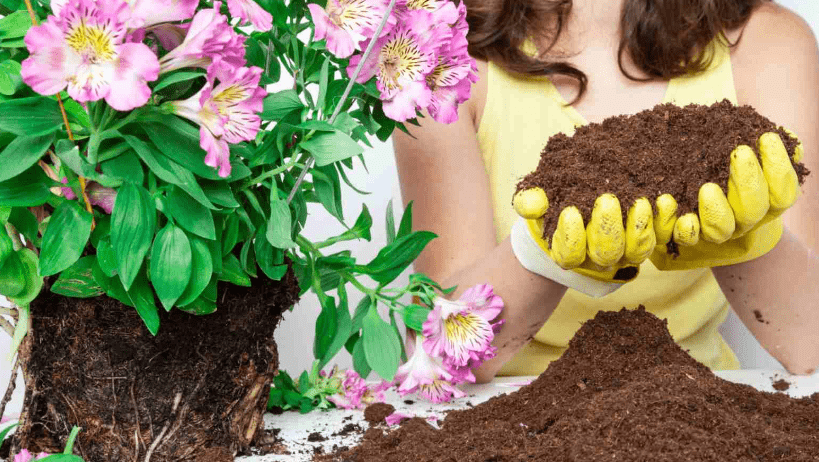
Step-by-step guide to planting alstroemeria tubers and seedlings
Alstroemerias are beautiful and vibrant flowers that can brighten up any garden. The first step to planting alstroemeria is to choose the right varieties for your climate. Once you have selected the right plants, it’s time to start planting. Choose a location that receives plenty of sunlight and has well-draining soil. Alstroemerias do not like wet feet, so it’s important to avoid waterlogged areas.
When planting alstroemeria tubers, make sure to plant them about 6-8 inches deep and space them about 12-18 inches apart. After planting, water the alstroemerias thoroughly and continue to water them regularly, especially during dry periods.
For alstroemeria seedlings, plant them at the same depth as they were in their nursery containers and make sure to water them thoroughly after planting.
Proper planting and care will help ensure that your alstroemerias thrive and provide beautiful blooms for you to enjoy. With the right soil preparation and site selection, you can create a stunning display of alstroemerias in your garden.
Optimal Growing Conditions
Light requirements for alstroemerias (full sun vs. partial shade)
Alstroemerias are beautiful flowers that can thrive in both full sun and partial shade. They generally prefer full sun, which means at least six hours of direct sunlight each day. However, they can also grow well in partial shade, especially in warmer climates where they may benefit from some shelter from the intense afternoon sun. In hot climates, providing some afternoon shade can help prevent the plants from becoming stressed and wilting. When deciding on the best location for your alstroemerias, consider the local climate and the amount of sunlight your garden receives. If you have a choice, a location that receives morning sun and afternoon shade can be ideal. It’s important to note that too much shade can result in fewer flowers and weaker growth, so finding the right balance is key. Overall, alstroemerias are adaptable plants that can bloom in a variety of light conditions, making them a versatile choice for any garden.
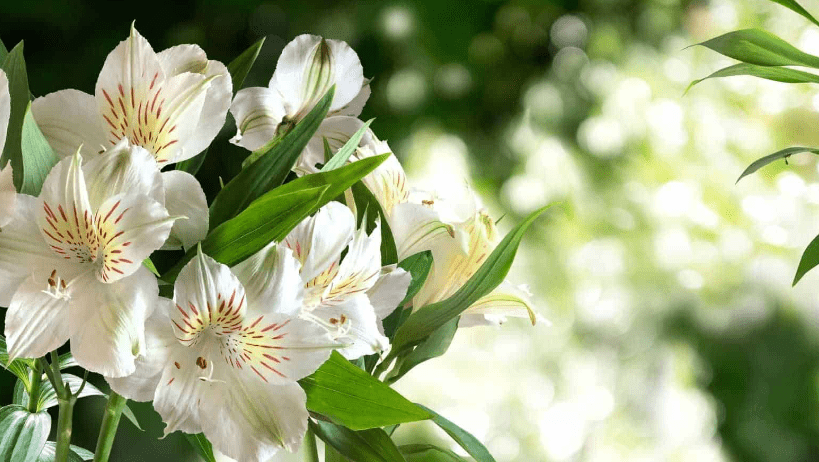
Soil preferences and drainage needs
Alstroemerias generally prefer well-draining soil that is rich in organic matter. They do not like to sit in waterlogged soil, so good drainage is essential to prevent root rot. Sandy or loamy soil with a slightly acidic to neutral pH is ideal for these plants. It’s important to avoid heavy clay soil, as it can lead to waterlogging and root rot. If you have clay soil in your garden, consider amending it with organic matter to improve drainage and create a more suitable environment for alstroemerias. In terms of moisture, these plants prefer to be kept consistently moist but not waterlogged. Water them regularly, especially during dry periods, but be sure to allow the soil to dry out slightly between waterings to prevent overwatering. Providing proper soil and drainage conditions will help your alstroemerias thrive and produce beautiful, vibrant flowers.
Ideal temperature and humidity levels for healthy growth
Alstroemerias prefer growing in temperatures between 65-75°F (18-24°C) during the day and around 50-60°F (10-16°C) at night. They also thrive in a moderate to high humidity environment, so it’s important to keep the air around them moist, especially in dry indoor conditions. If you’re growing alstroemerias outdoors, make sure to provide some shade during the hottest part of the day to prevent the plants from becoming too stressed from the heat. Overall, maintaining the right temperature and humidity levels will help your alstroemerias to grow and bloom beautifully.
Watering and Fertilization
Proper watering techniques and schedules for alstroemerias
Are essential for their healthy growth and vibrant blooms. These plants prefer to be kept consistently moist but not waterlogged, so it’s important to water them regularly, especially during dry periods. However, it’s crucial to allow the soil to dry out slightly between waterings to prevent overwatering, which can lead to root rot and other issues.
In terms of fertilization, it’s best to feed your alstroemerias with a balanced, water-soluble fertilizer every two to three weeks during their active growing season. This will provide them with the nutrients they need to thrive and produce beautiful flowers.
Ideal temperature and humidity levels for healthy growth
Alstroemerias thrive in temperatures between 65-75°F (18-24°C) during the day and around 50-60°F (10-16°C) at night. They also prefer a moderate to high humidity environment, so it’s important to keep the air around them moist, especially in dry indoor conditions. If you’re growing alstroemerias outdoors, providing some shade during the hottest part of the day can help prevent the plants from becoming too stressed from the heat.
Overall, by providing proper watering, fertilization, and maintaining the right temperature and humidity levels, you can help your alstroemerias to grow and bloom beautifully.
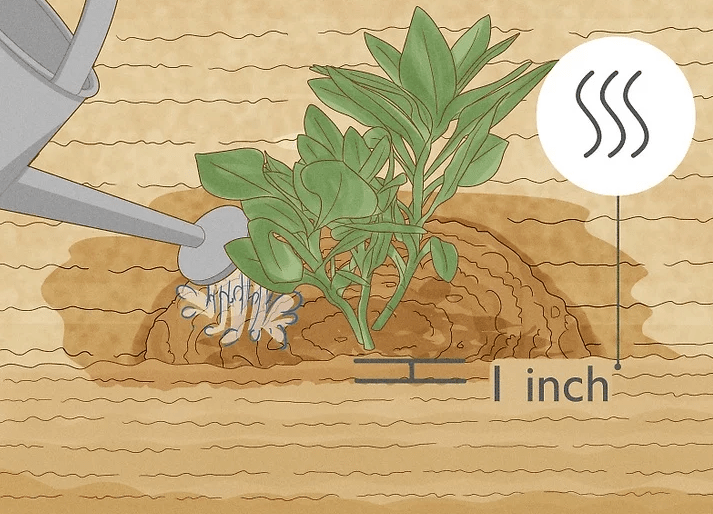
Best practices for fertilizing alstroemerias (types of fertilizers, application frequency)
Alstroemerias are beautiful flowers that require proper care to thrive and produce vibrant blooms. When it comes to fertilizing alstroemerias, it’s best to use a balanced, water-soluble fertilizer every two to three weeks during their active growing season. This will provide the necessary nutrients for healthy growth and flowering. It’s important to allow the soil to slightly dry out between waterings to prevent overwatering, which can lead to root rot. Alstroemerias thrive in temperatures between 65-75°F during the day and around 50-60°F at night. They also prefer a moderate to high humidity environment, so it’s important to keep the air around them moist, especially in dry indoor conditions. Providing some shade during the hottest part of the day can also help prevent the plants from becoming too stressed from the heat. By following these best practices for fertilizing and providing the right temperature and humidity levels, you can help your alstroemerias to grow and bloom beautifully.
Pruning and Maintenance
Techniques for pruning alstroemerias to promote continuous blooming
Alstroemerias are beautiful flowers that can bloom continuously with the right pruning and maintenance techniques. To promote continuous blooming, it’s important to deadhead the flowers regularly. This means removing the spent blooms to encourage new growth and more flowers. Additionally, you can also cut back the stems to about half their height after the first flush of blooms. This will help the plant produce new stems and continue blooming throughout the season. It’s also important to remove any dead or yellowing leaves to keep the plant healthy and vibrant. By following these pruning and maintenance techniques, you can ensure that your alstroemerias continue to bloom and thrive.
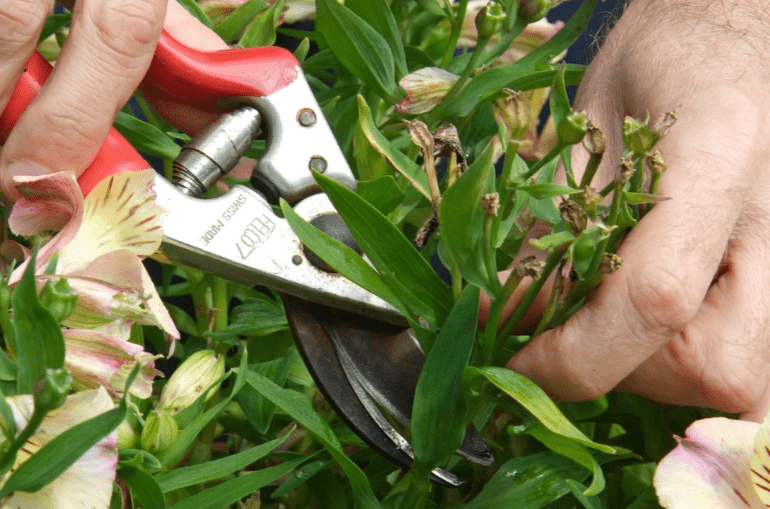
Removing spent flowers and deadheading
Are important maintenance practices to keep your garden looking its best. Deadheading, or the removal of spent blooms, encourages the plant to produce more flowers and prolongs the blooming period. This also prevents the plant from using its energy to produce seeds, allowing it to redirect that energy into producing more flowers. Additionally, removing dead or yellowing leaves helps to maintain the plant’s overall health and appearance. With alstroemerias, in particular, pruning is essential for promoting continuous blooming. After the first flush of blooms, cutting back the stems to about half their height will encourage the plant to produce new stems and continue blooming throughout the season. By regularly deadheading and pruning your alstroemerias, you can ensure that they remain healthy and vibrant, providing you with beautiful blooms all season long.
Managing Pests and Diseases
Common pests affecting alstroemerias (e.g., aphids, spider mites)
Alstroemerias are beautiful flowers, but they can be susceptible to pests such as aphids and spider mites. To keep your garden looking its best, it’s important to practice regular maintenance and pest management. Deadheading, or the removal of spent blooms, is a crucial maintenance practice for alstroemerias. This encourages the plant to produce more flowers and prolongs the blooming period. It also prevents the plant from using its energy to produce seeds, allowing it to redirect that energy into producing more flowers. Additionally, removing dead or yellowing leaves helps to maintain the plant’s overall health and appearance. Pruning is also essential for promoting continuous blooming. After the first flush of blooms, cutting back the stems to about half their height will encourage the plant to produce new stems and continue blooming throughout the season. In terms of pest management, it’s important to keep an eye out for common pests such as aphids and spider mites. Regularly inspect your plants and consider using natural pest control methods to keep these pests at bay. By regularly deadheading, pruning, and managing pests, you can ensure that your alstroemerias remain healthy and vibrant, providing you with beautiful blooms all season long.
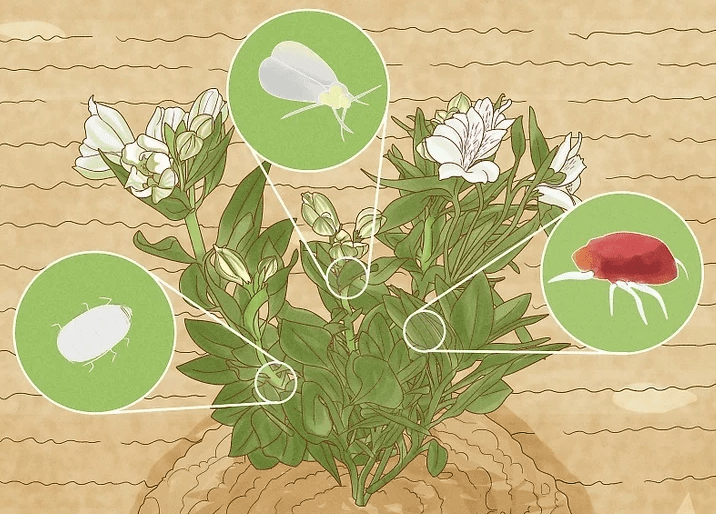
Identifying and treating diseases (e.g., root rot, leaf spot)
Identifying and treating diseases in plants is crucial for maintaining their overall health and appearance. One common disease is root rot, which is caused by overwatering and can lead to the decay of the plant’s roots. To prevent this, make sure to water your plants in moderation and ensure proper drainage. Leaf spot is another disease to watch out for, causing dark spots or lesions on the leaves. To treat this, remove any affected leaves and consider using a fungicide to prevent further spread. It’s important to be proactive in identifying and treating diseases in your plants to ensure their continued growth and vitality. Regular inspection and proper care are key to keeping your plants healthy and disease-free.
Organic and chemical solutions for pest and disease management
When it comes to managing pests and diseases in plants, there are both organic and chemical solutions available. Organic solutions often involve using natural remedies such as neem oil, insecticidal soaps, or beneficial insects to control pests. These methods are environmentally friendly and can be effective in managing pests without harming the plants or the surrounding ecosystem. On the other hand, chemical solutions, such as pesticides and fungicides, can also be used to control pests and diseases. While these products can be effective, it’s important to use them with caution and according to the instructions on the label to minimize any potential harm to the environment and human health. Ultimately, the choice between organic and chemical solutions depends on the specific pest or disease issue and your personal preferences for managing them.
Propagation Methods
Are important for maintaining the health and growth of your plants. Regular inspection and proper care are key to keeping your plants healthy and disease-free. When it comes to managing pests and diseases in plants, there are both organic and chemical solutions available. Organic solutions often involve using natural remedies such as neem oil, insecticidal soaps, or beneficial insects to control pests. These methods are environmentally friendly and can be effective in managing pests without harming the plants or the surrounding ecosystem. On the other hand, chemical solutions, such as pesticides and fungicides, can also be used to control pests and diseases. While these products can be effective, it’s important to use them with caution and according to the instructions on the label to minimize any potential harm to the environment and human health. Ultimately, the choice between organic and chemical solutions depends on the specific pest or disease issue and your personal preferences for managing them. Whichever method you choose, regular monitoring and care for your plants will help to prevent and manage pests and diseases effectively. Taking the time to propagate your plants using the proper methods will ensure their continued health and growth.
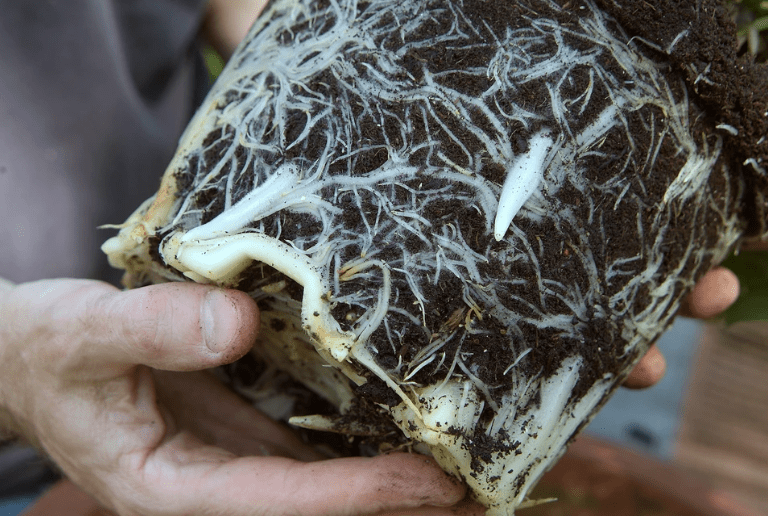
Seasonal Care Tips
Seasonal care guidelines for spring, summer, fall, and winter
Are important to ensure that your plants and garden thrive throughout the year. In the spring, it is important to focus on soil preparation, planting, and ensuring that your plants have the nutrients they need to grow. In the summer, watering and pest control are crucial to maintain healthy plants during the hotter months. In the fall, it’s time to focus on harvesting, cleaning up the garden, and preparing for the winter months. Finally, in the winter, it’s important to protect your plants from the cold and ensure that they have the proper care to survive until the spring. By following these seasonal care guidelines, you can help your plants reach their full potential and have a healthy and beautiful garden year-round.
Protecting alstroemerias from extreme weather conditions
Is crucial to ensure their health and longevity. In extreme heat, it is important to provide shade for the plants to prevent them from wilting or getting sunburned. In colder temperatures, it’s important to cover the plants with a layer of mulch to provide insulation and protect them from frost. Additionally, during heavy rain or storms, you may need to provide extra support for the plants to prevent them from being damaged or uprooted. By taking these measures to protect your alstroemerias from extreme weather conditions, you can ensure that they continue to thrive and provide beautiful blooms in your garden.
Benefits of Growing Alstroemerias
Alstroemerias are a beautiful and low-maintenance flower to grow in your garden. They come in a variety of colors and have a long vase life, making them a popular choice for cut flower arrangements. These flowers also have a long blooming period, providing colorful blooms in your garden for an extended period of time. Alstroemerias are also known for their ability to attract butterflies and hummingbirds, adding to the natural beauty of your garden. In addition, these flowers are resistant to most pests and diseases, making them a hardy and resilient plant to grow. Overall, growing alstroemerias can add beauty, color, and wildlife to your garden while requiring minimal effort to maintain.
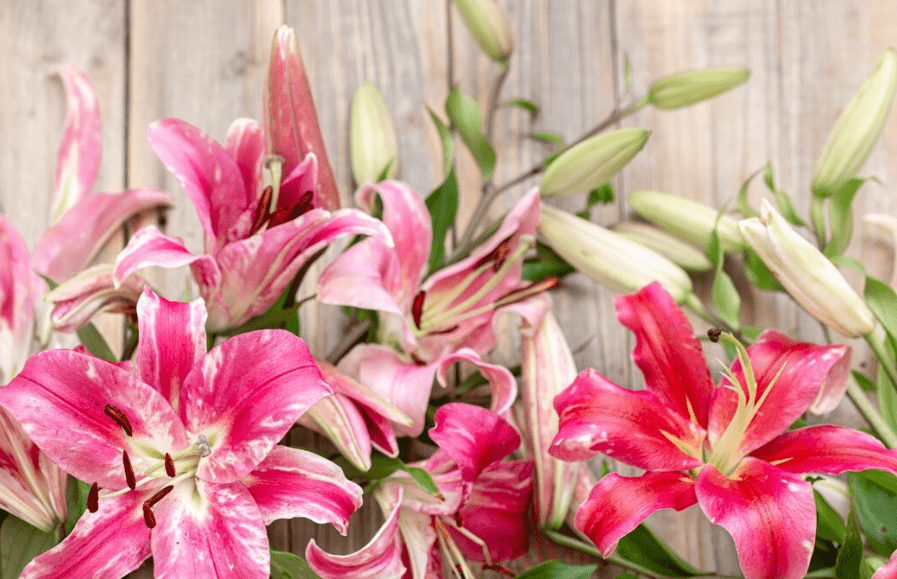
In conclusion, growing Alstroemerias can be a rewarding and enjoyable experience when you follow the proper care and planting guidelines. By understanding the specific needs of these beautiful plants and providing them with the right conditions, you can ensure their health and longevity in your garden. Whether you’re a beginner or experienced gardener, this complete guide will help you successfully cultivate and maintain Alstroemerias in your outdoor space. Happy gardening!
Frequently asked questions And Answer
Alstroemerias thrive in full sun to partial shade, so it’s best to plant them in a location that receives at least 6 hours of sunlight each day.
It’s important to keep the soil consistently moist, but not waterlogged. Water your Alstroemerias regularly, especially during dry periods, but make sure the soil has good drainage to prevent root rot.
Alstroemerias prefer well-draining, fertile soil with a slightly acidic to neutral pH. Adding organic matter, such as compost, to the soil can help improve its texture and fertility.
Yes, Alstroemerias benefit from a balanced, all-purpose fertilizer applied in spring and summer. Be sure to follow the instructions on the fertilizer package for the correct application rate.
Alstroemerias can be propagated by division or by planting seeds. Divide established clumps in early spring or fall, making sure each division has a healthy rhizome. Seeds can be sown in containers and kept indoors until they germinate.
Tall Alstroemeria varieties may require staking to support their long stems and prevent them from flopping over. Use bamboo stakes or other supports to keep the plants upright.
In colder climates, it’s a good idea to apply a thick layer of mulch around Alstroemeria plants in late fall to protect the roots from freezing temperatures. In milder climates, they may not require as much winter protection.
Alstroemerias are generally resistant to most pests and diseases, but they can sometimes be affected by aphids, snails, and slugs. Keep an eye out for any signs of infestation and treat them promptly with organic pest control methods if needed.
